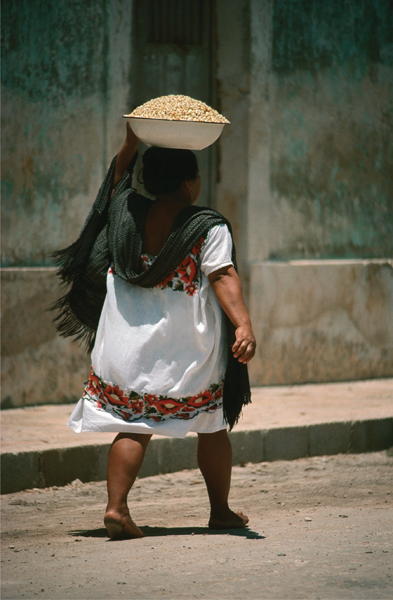
Every day throughout the Yucatn Peninsula, Mayan women bring their nixtamal to the local molino to be ground into masa for tortillas, tamales, or various antojitos. The nixtamal is made by soaking dried corn kernels in boiling water with powdered lime (calcium hydroxide) until soft and then rubbing off the remaining skins.

Seafood is a major source of nutrition for the Costeos, African Mexicans living in isolated settlements near the northern Oaxacan coast. Casting nets is the traditional way of catching the abundant fish in the nearby lagoons.
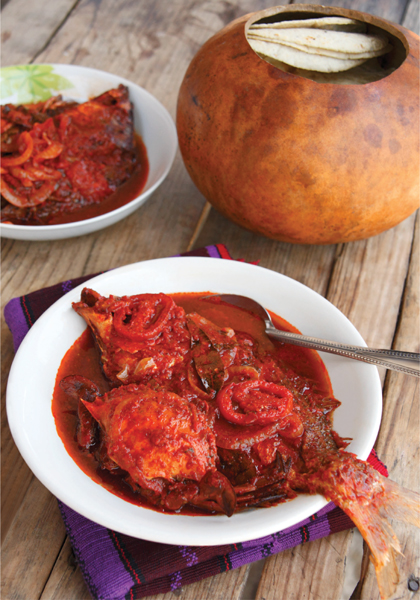
Antonieta Avila Salinas often prepares this barbacoa de pescado () with the small red snappers caught by the men in her family. Freshly made tortillas are kept warm in a jcara, a container made from a dried bottle gourd.
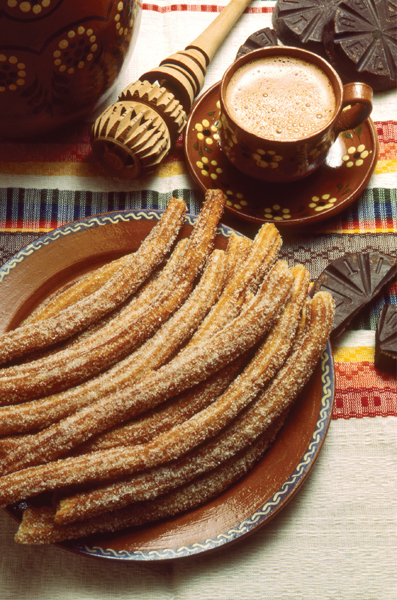
Spains traditional churros () for the perfect light evening snack. The disks of ground cacao, sugar, cinnamon, and sometimes almonds are dissolved in simmering water or milk, and then a carved wooden molinillo is vigorously whirled to create a layer of foam.
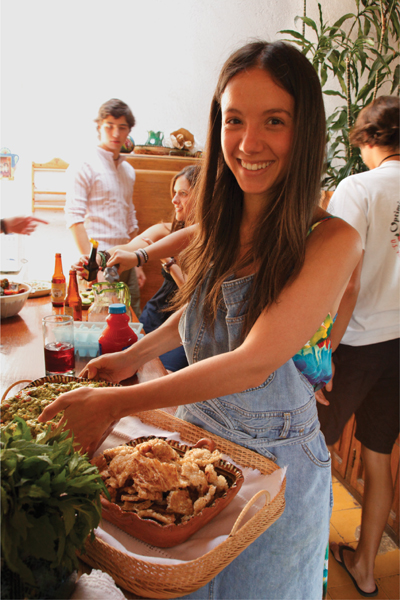
A group of young people gather in Mexico City for a fun-filled evening of antojitos, guacamole, and cervezas.
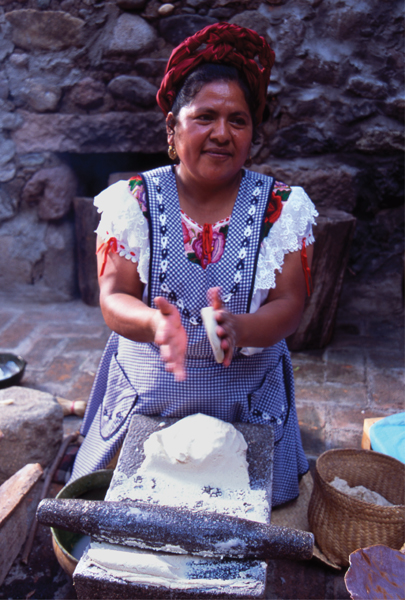
Abigail Mendoza, a Zapotec woman in Teotitln del Valle, Oaxaca, grinds nixtamal in the traditional manner on her volcanic-stone metate, using a heavy, cylindrical mano. She is making the masa for her familys daily tlayudas, the enormous regional tortillas.
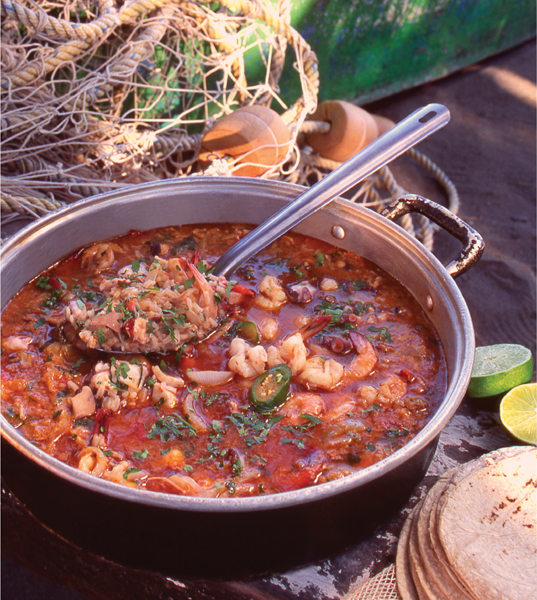
Arroz a la tumbada () combines well-seasoned rice with a medley of the plentiful seafood found in the waters off the coast of Veracruz. This popular dish reflects the influence of both the Spaniards and their African slaves.
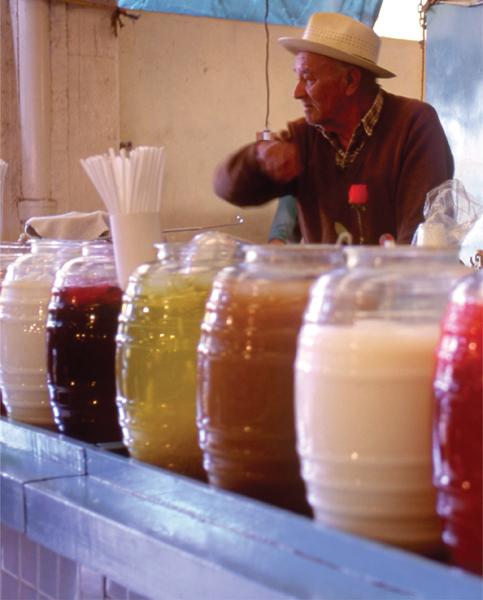
Small glass barrels of aguas frescas are a common sight throughout Mexico. This vendor has a variety of the thirst-quenching drinks, including the coffee brown agua fresca de tamarindo (), made from the sepals of a variety of hibiscus.

Drinking the water directly from the coconut is a refreshing treat for this young woman, who lives on the hot and humid coast of northern Oaxaca.

The dish shown above, chiles en nogada (), adorned with the red, white, and green of the Mexican flag, was first made by the Augustine nuns of Puebla for a visit by Mexicos then emperor Don Augustn de Iturbide, who, following the War of Independence, remained in power for less than a year. It is usually served around Independence Day, September 16, when pomegranates and fresh walnuts can be found in the markets.
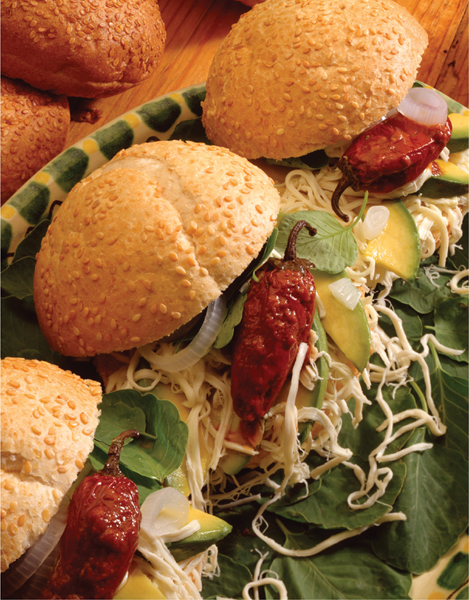
Cemita () is the name for both these sesame seedtopped rolls and these famous tortas of Puebla, which are found only in the local markets. The tortas are offered with a choice of fillings, the most popular of which is beef milanesa smothered with quesillo de Oaxaca, onions, avocados, chiles chipotles, and ppalo, a pungent herb that is definitely an acquired taste.
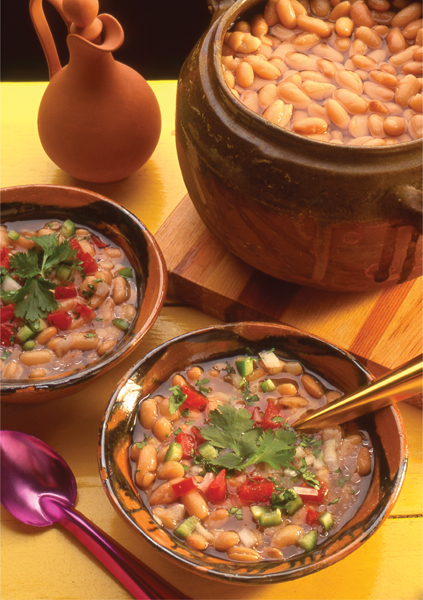
The earthy frijoles de la olla (), the cowboy beans of Jalisco. The added flavors and colors of chiles, bacon, tomato, and cilantro make frijoles charros as brash and brazen as the elaborately costumed horsemen who perform every Sunday at a local rodeo, or charreada.
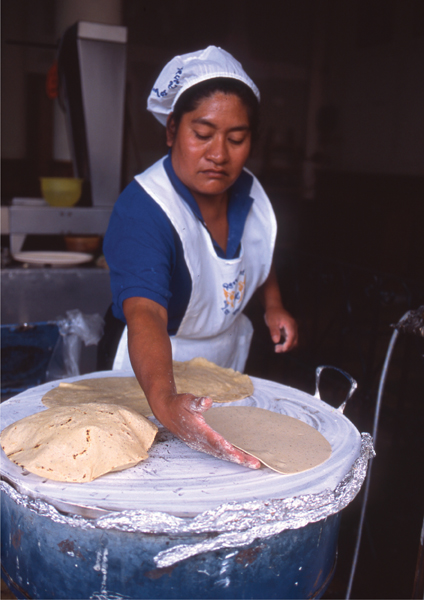
In a market fonda, a cook deftly lays tortillas on a clay comal before flipping them over to finish cooking.
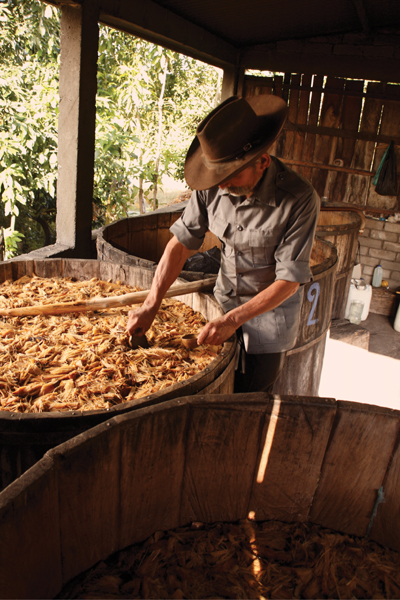
A local palenquero (small mezcal producer) in Mattlan, Oaxaca, checks the fermenting roasted agave mash before distilling it in his copper still.

Throughout central Mexico, nopales (cactus paddles) and their fruit, which may be the tart xoconoxtle or the sweeter tuna, depending on the species of the cactus, are common ingredients in many dishes.
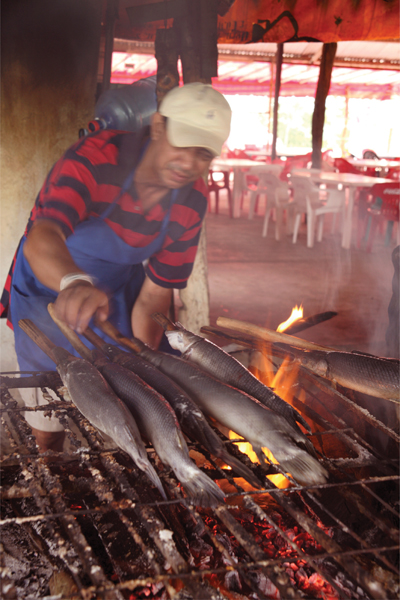
In Tabasco, the freshwater pejelagarto, a type of gar, is an important part of the regional cuisine. It is sold in local markets with a wooden stick running through it to make transporting and grilling it easier.

The publisher gratefully acknowledges the generous support of the Humanities Endowment Fund of the University of California Press Foundation.

PHOTOGRAPHS BY IGNACIO URQUIZA
 UNIVERSITY OF CALIFORNIA PRESS Berkeley Los Angeles London
UNIVERSITY OF CALIFORNIA PRESS Berkeley Los Angeles London
University of California Press, one of the most distinguished university presses in the United States, enriches lives around the world by advancing scholarship in the humanities, social sciences, and natural sciences. Its activities are supported by the UC Press Foundation and by philanthropic contributions from individuals and institutions. For more information, visit www.ucpress.edu.


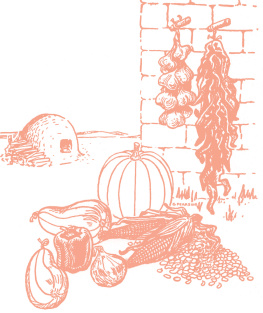
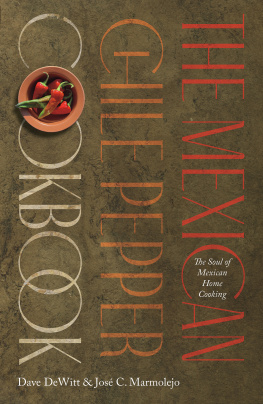
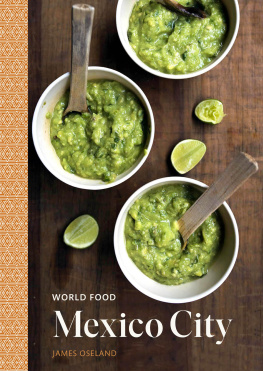
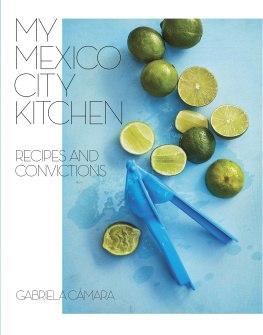
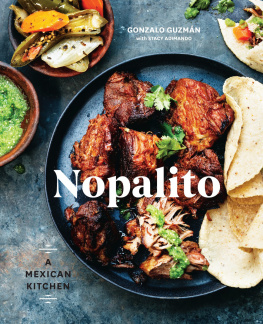
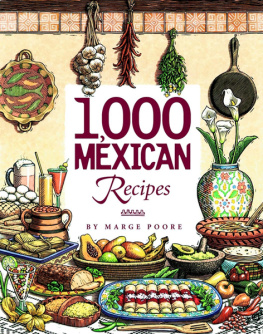
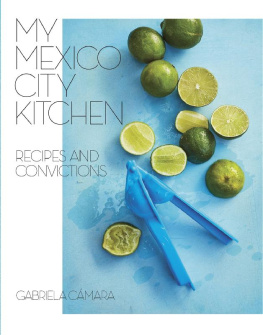

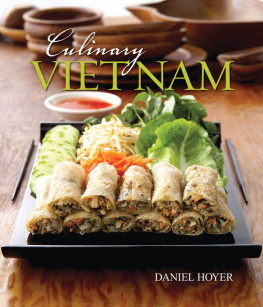
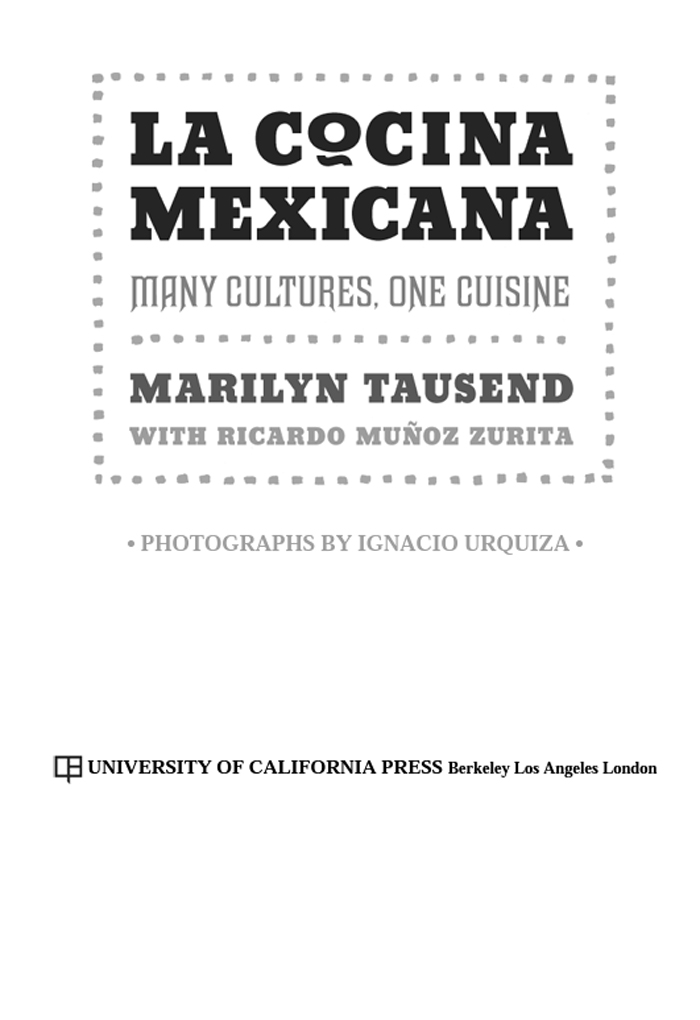


















 UNIVERSITY OF CALIFORNIA PRESS Berkeley Los Angeles London
UNIVERSITY OF CALIFORNIA PRESS Berkeley Los Angeles London